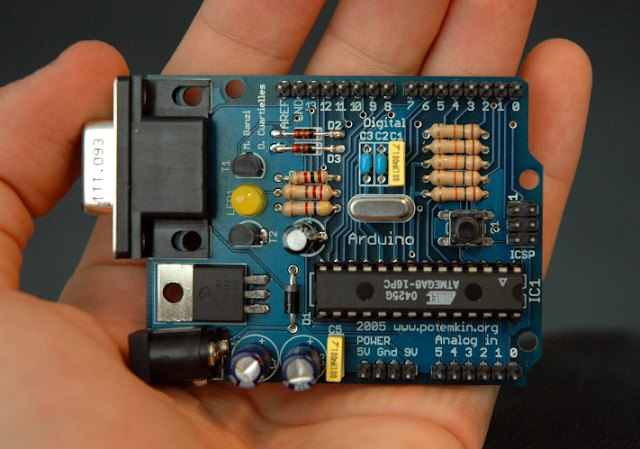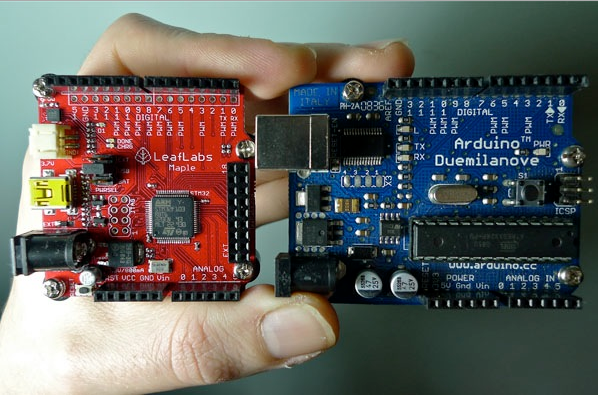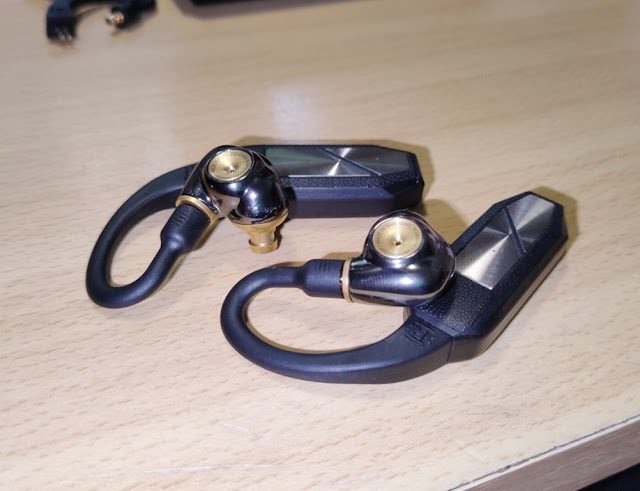
That was the beauty of the Arduino UNO and why the Arduino project became so popular because you could simply plug Arduino into your computer and in 15 minutes you were already prototyping and developing hardware and software projects!

Arduino Due really propelled Arduino's proprietary potential by taking advantage of the speed and processing power allowing users to do things the 8-bit Arduino UNO couldn't do such as playback decoded apk files, sample audio signals, image recognition and process digital signals that would allow you to create very fast running audio applications without the need of an operating system.
With 32-bits, Arduino Due had more computing power so now projects such as 3D printers and quad copters could have better performance and be more precised as you could do more complex calculations and process sensor data faster.

ADK 2012 Accessory Development Kit
A cool interesting fact about Arduino Due is that the early design of the Arduino Due powered Google's ADK 2012 Accessory Development Kit so all the developers at Google IO who got the kit were actually quite lucky.It is also worth mentioning Maple (shaped like the Arduino) and Microchip chipKIT were two of the first 32-bit ARM processor boards compatible with Arduino. The Maple board was designed by Leaf Labs, while the Microchip chipKIT board came about as a co-venture between +Microchip Technology and +Digilent Inc.

Maple next to Arduino Due
Saying this, if my memory serves me well, the Maple 32-bit development platform was already developed years before the Microchip chipKIT board which came out in 2011 (interestingly a year before the Arduino Due was launched).When the Microchip chipKIT board came out in 2011, it was definitely a bit of a revolution because the Microchip chipKIT board was four times faster than any Arduino solution and also cheaper. The Microchip chipKIT was compatible with Arduino's programming environment, Arduino shields and existing Arduino resources, such as code examples, libraries and tutorials. All of these features made the Microchip chipKIT board a big hit among the Arduino community.

Fireduino
On the note of powerful Arduinos, there is new solution launching to market this year called Fireduino by FireFly, which is a Cortex-M3 Dual-core Arduino board able to play High-Res Audio (so 24 bit audio at 192 kHz sample rate). With Fireduino, you essentially get two Arduino UNO boards, an Audio module, an RTC module, a WiFi module and Flash module all-in-one single board.I wonder if the founders of the +Arduino project, +Massimo Banzi, +David Cuartielles, Tom Igoe, Gianluca Martino, David Mellis and +Hernando Barragan who was responsible for the wiring on the Arduino board anticipated how much +Arduino would revolutionize and paved the way for the Internet Of Things. The beauty of open-source development platforms is simplicity and ease of use so the end user doesn't have to spend literary weeks figuring out how a tool kit works.










0 comments